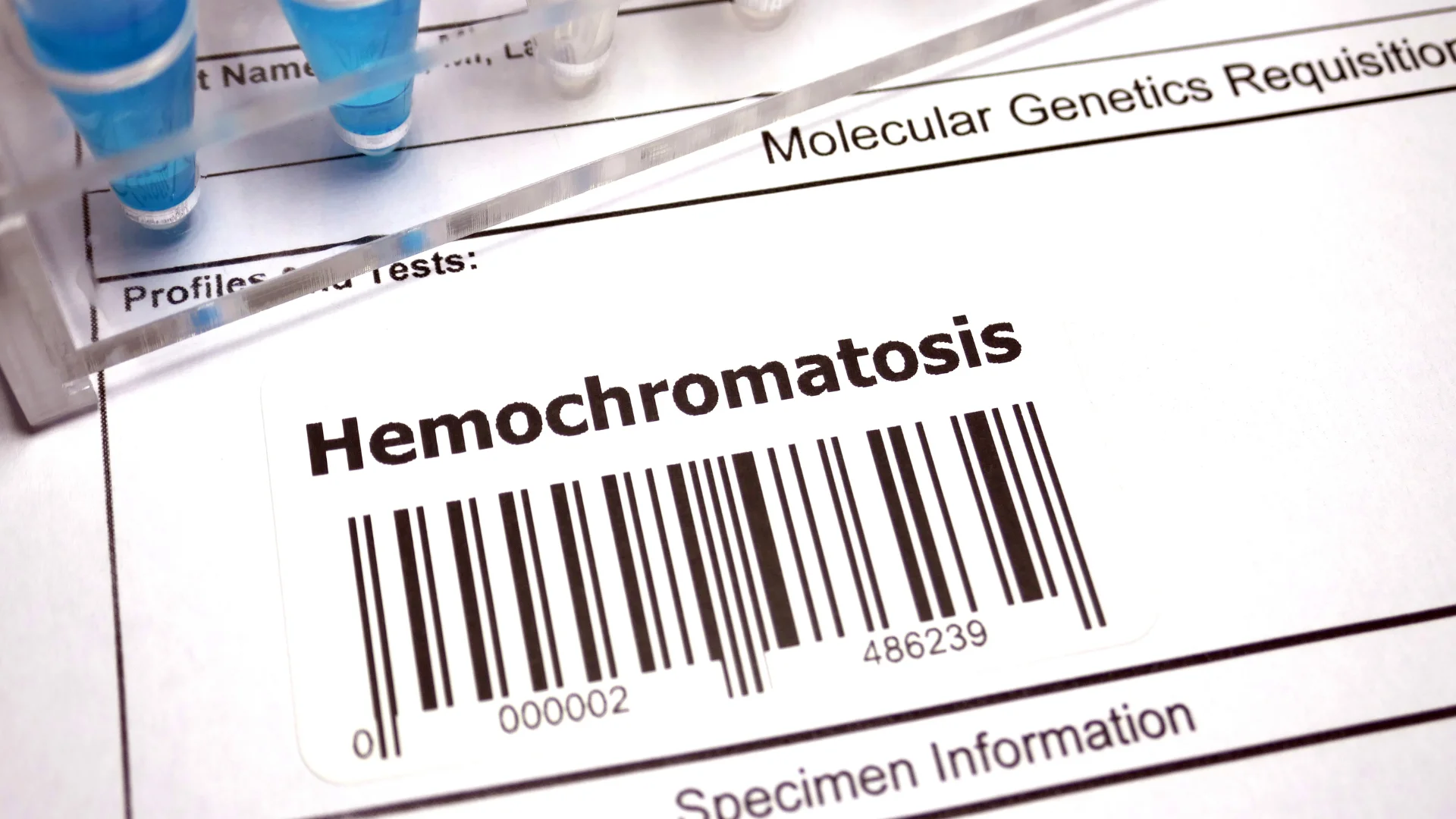
Hemochromatosis is one of the most common metabolic diseases affecting the liver. Within every cell, iron levels are tightly regulated because specific enzymes rely on it for their function. However, when iron levels exceed the normal range, this delicate balance is disrupted. Excess iron becomes toxic, interfering with cellular respiration enzymes and producing harmful free radicals, which can damage tissues.
The condition occurs when the body absorbs too much iron from the gastrointestinal tract. The primary defect lies not in the liver but in the mucosal lining of the digestive tract. In individuals with hemochromatosis, the total iron content in the body can reach approximately 25 grams, compared to the normal range of 2 to 5 grams in a healthy person.
Symptoms of Hemochromatosis 🔍
Patients with hemochromatosis may experience the following:
Diagnosing Hemochromatosis 🩺
Accurate diagnosis requires a combination of medical evaluation and tests, including:
Treatment Options 🏥
The goal of treatment is to reduce excess iron levels in the body. This is primarily achieved through therapeutic phlebotomy, where small volumes of blood are removed at regular intervals. This method is the most effective way to manage the condition.
Prevention 🛡️
Dietary care plays a critical role in managing and preventing iron overload. Maintaining a balanced and diverse diet is essential. Individuals with hemochromatosis should avoid excessive consumption of iron-rich foods and supplements unless advised otherwise by a healthcare provider.
Hemochromatosis is a manageable condition if diagnosed early. Regular check-ups, timely interventions, and careful attention to diet can help minimize complications and improve quality of life. If you suspect symptoms of iron overload, seek medical advice promptly.
🩺 Explore out our Check-Up Programs!
DISCLAIMER: The information presented on this page has been intentionally condensed and simplified to make it accessible and easier to understand for the general audience. Its purpose is solely to provide basic awareness and education on the topic discussed. It is important to note that this content is not exhaustive and does not replace or serve as a substitute for professional medical advice, diagnosis, or treatment. Readers are strongly advised to seek consultations with qualified healthcare professionals or specialists for accurate assessment, personalized guidance, and appropriate medical care. Relying solely on the information provided here, without professional oversight, may lead to misunderstandings or inadequate treatment.
Privacy policy
Copyright ©2025 Klinika Kajo. Designed By Vizional